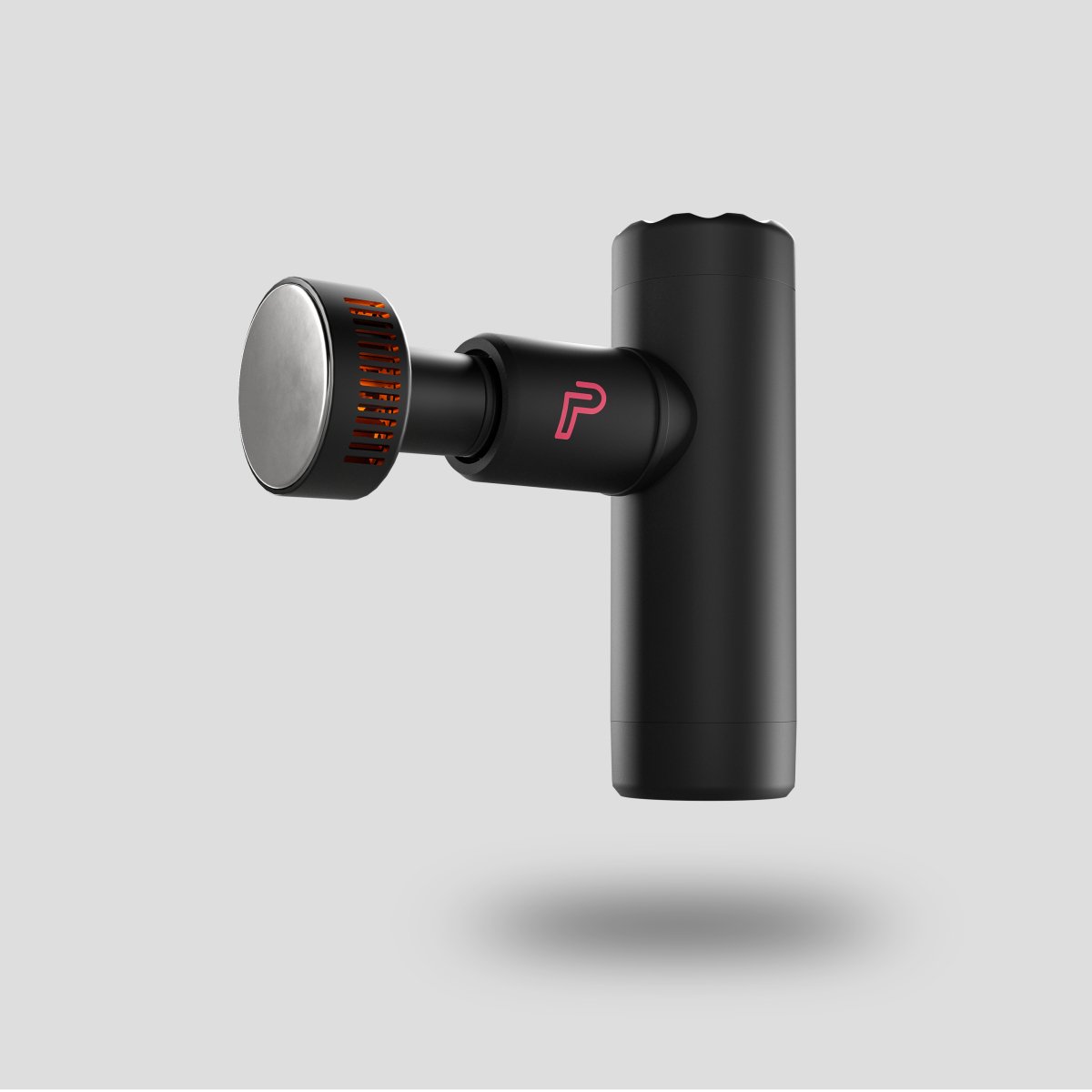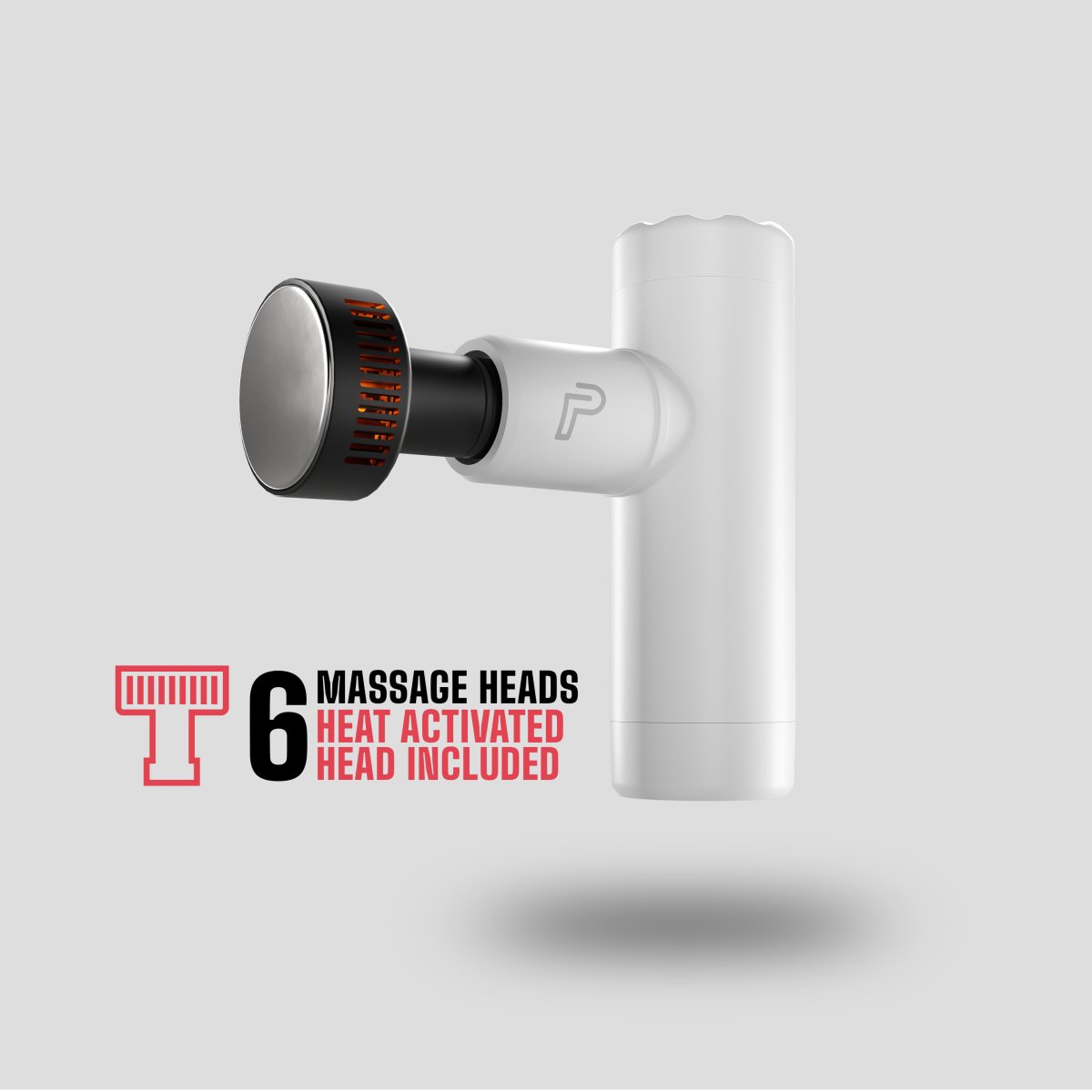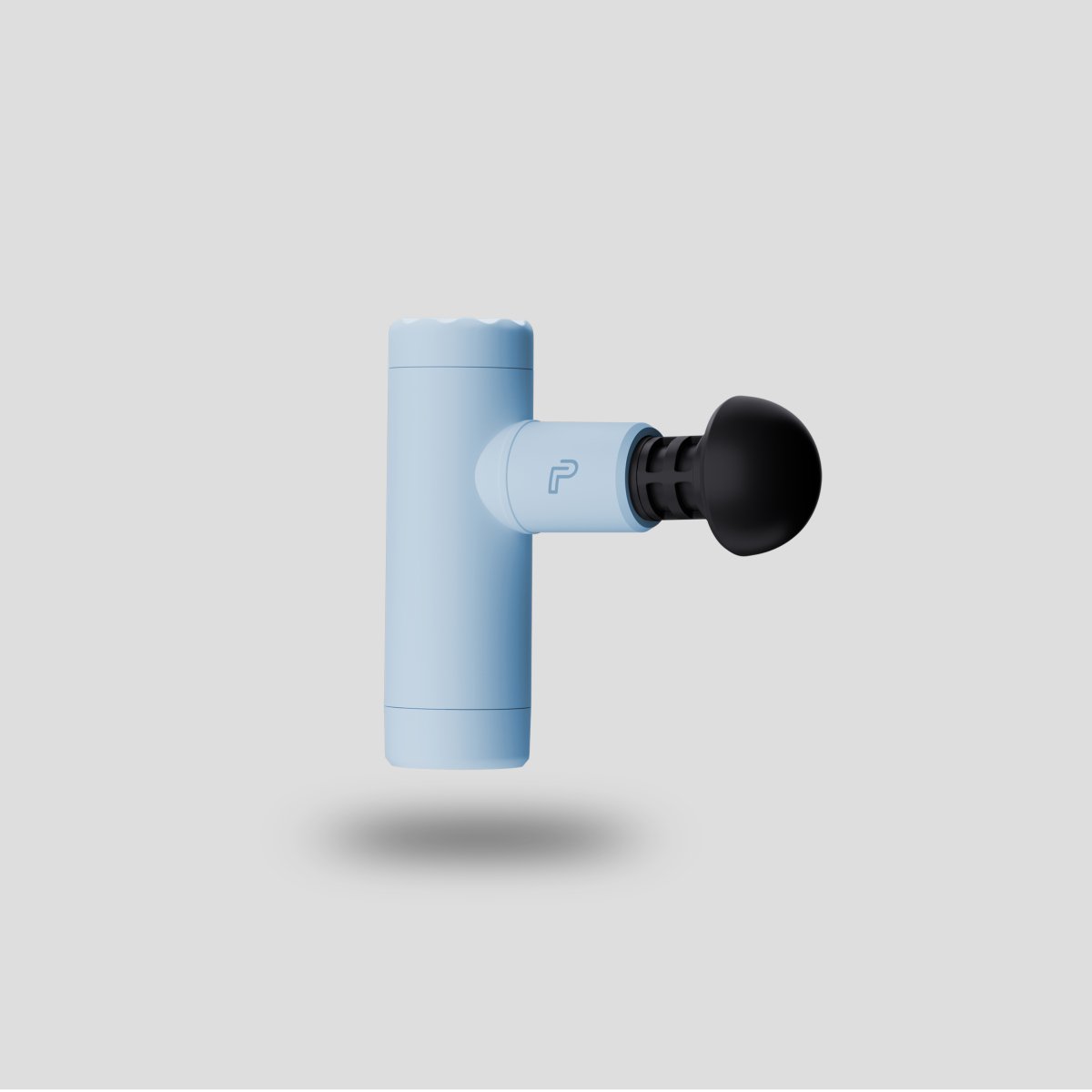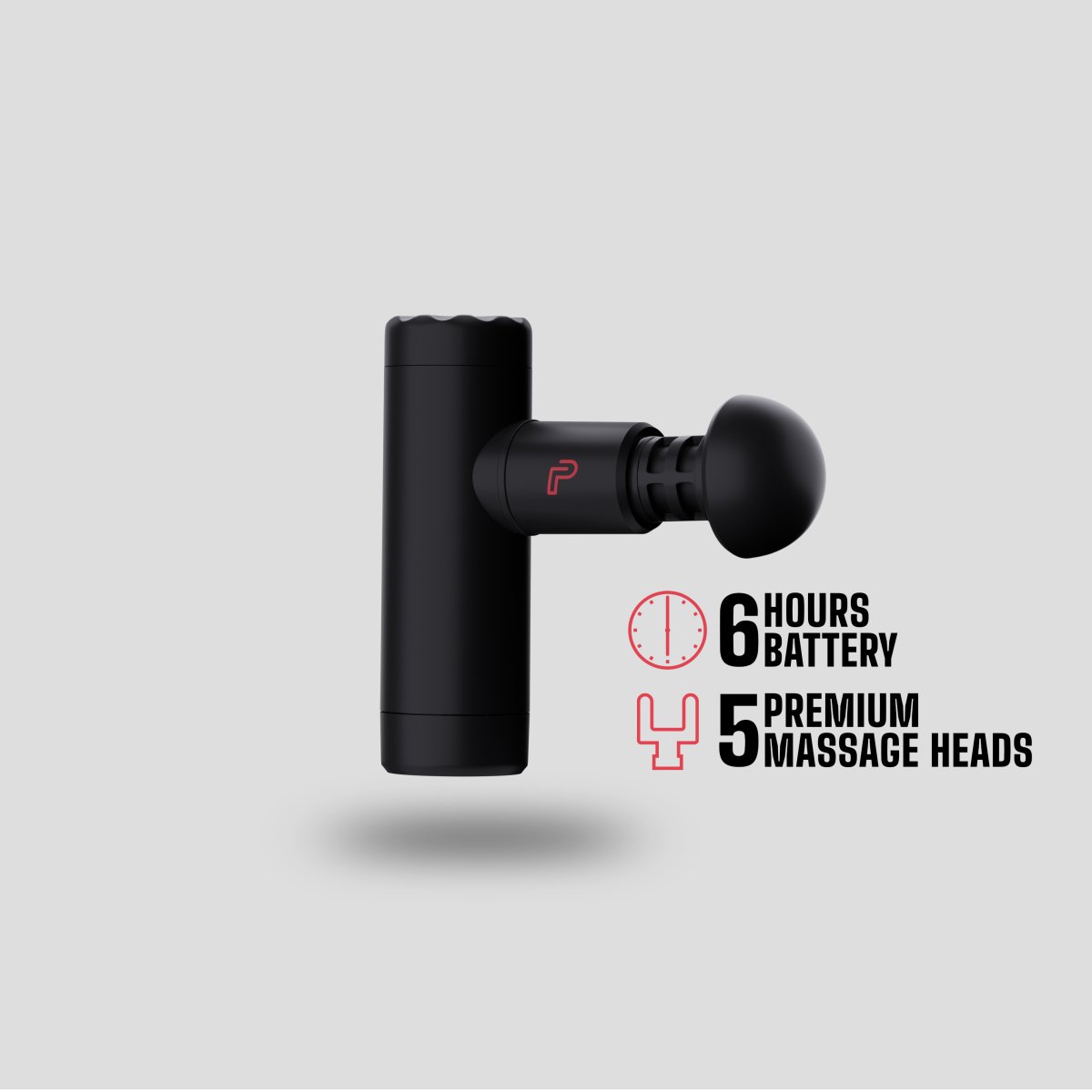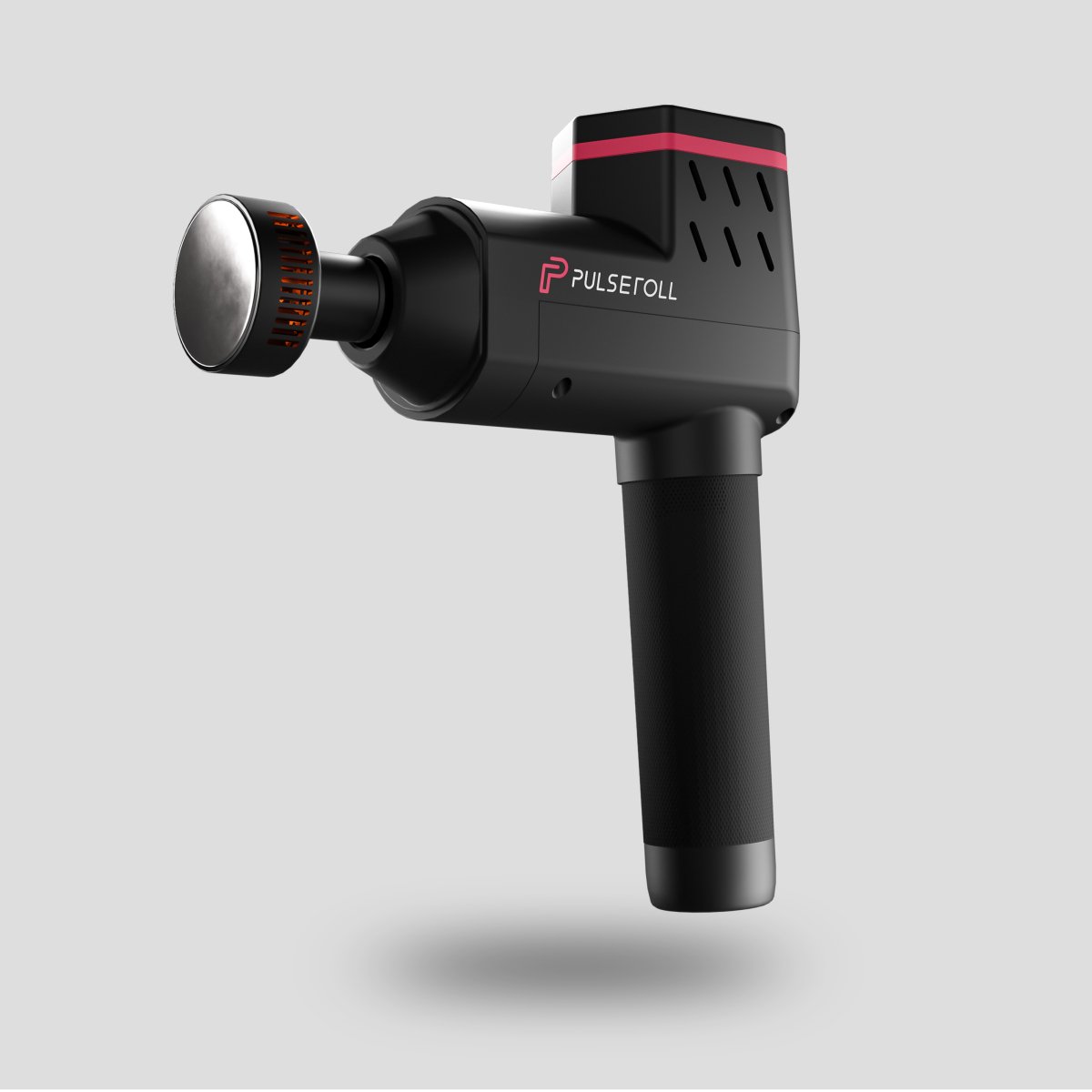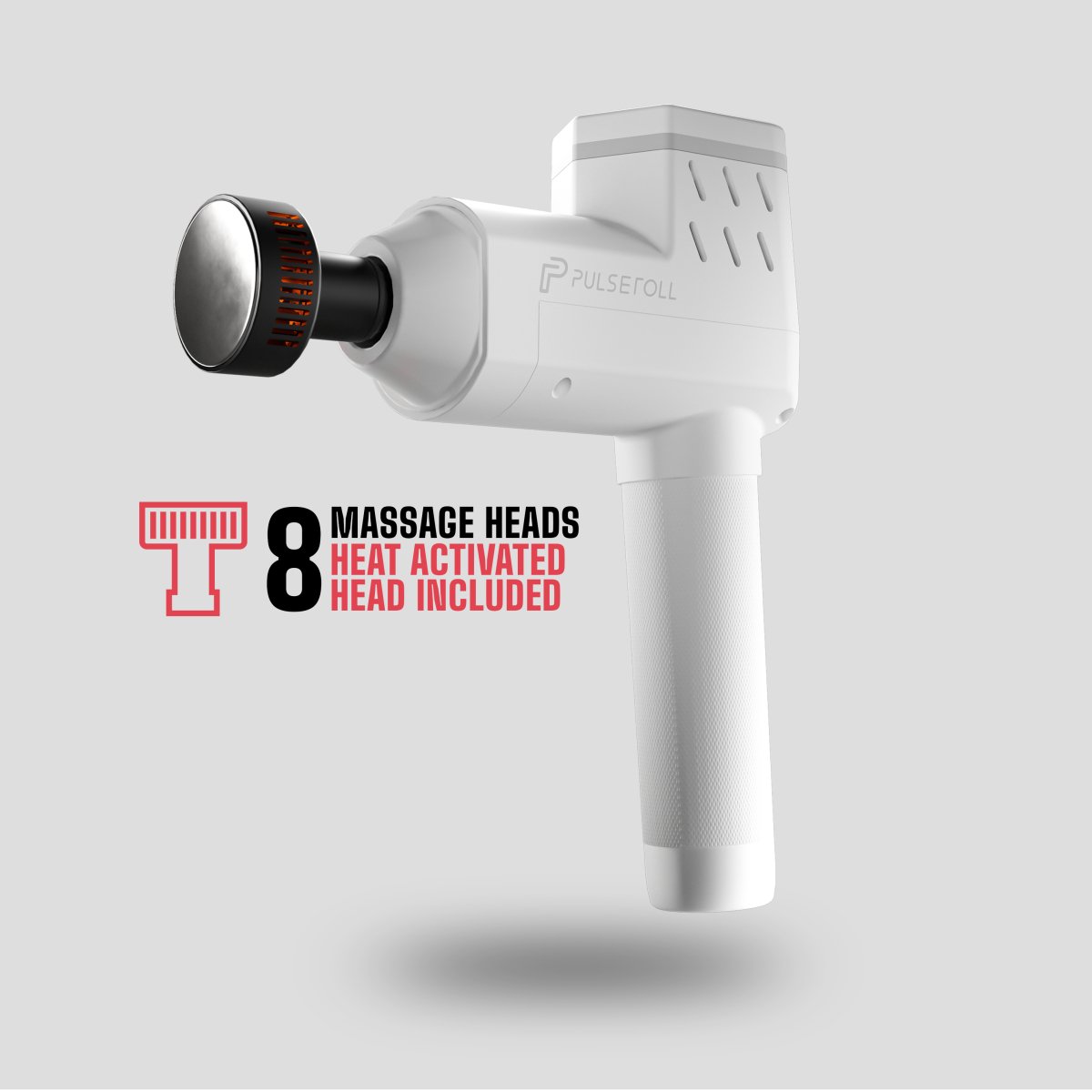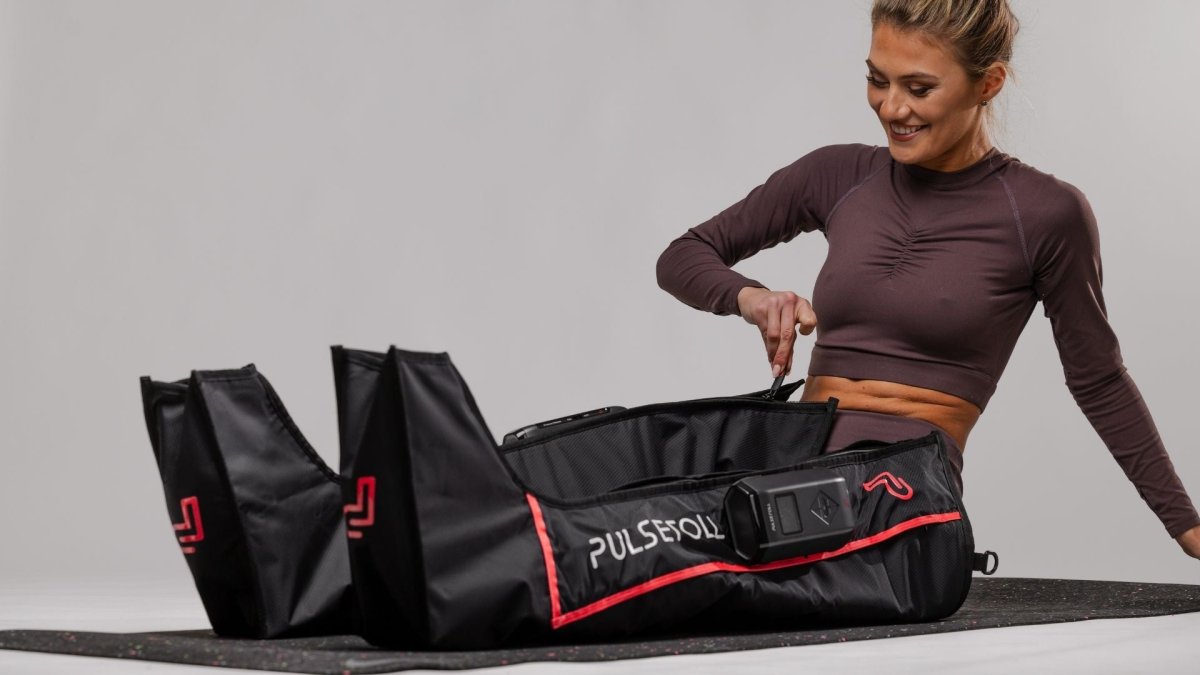Foam rollers can be the saviour for all your muscle pain, if used correctly. However, if you do not use your foam roller correctly, you risk irritating, and possibly injuring, your body further.
To help you get it right, this blog will give you a breakdown of the four most common foam rolling mistakes.
1. Foam rolling directly on an injured area
It would seem to make sense that if your IT band is hurting then using the foam roller directly on the IT band would help alleviate that sore spot and provide some much needed relief.
However, the body doesn’t work this way and would disagree with you for a number of reasons. First, when it comes to foam rolling and myofascial release, constantly working the area of pain could create more inflammation and tension in the area, further tensing the muscles and fascia. Secondly, where you feel the pain is not always the source of the injury.
Using a foam roller directly on an injured area is a very common foam rolling mistake and one that should be avoided as much as possible. Especially if you are treating a pulled muscle.
2. Staying on one spot too long
When foam rolling, focusing on one spot for too long might irritate a nerve or damage the tissue, which can cause bruising and further inflammation.
In order to avoid this common foam rolling mistake, you should look to work over and sometimes pause slightly on very tight spots in your legs, and then continue past this point. This will allow you to feel some relief whilst always not focusing too much on one specific area.
3. Not using the right pressure
If you’re rolling too gently, it may not make much of an impact and you might not feel the full benefits of foam rolling. Alternatively, if you’re rolling too hard and with too much pressure, you could add to the pain and end up tensing up your muscles in response, which is the opposite of the purpose of foam rolling.
To avoid this common foam rolling mistake, be sure to start out gentle with the pressure and keep increasing this slightly until you find your happy pressure point.
4. Rolling out bony areas
Foam rollers are meant to release tension in soft tissue, so rolling over bony spots is unnecessary and will probably just be painful. Rolling on these bones isn’t going to help you—you want to roll the muscles and tissues that are beneath, so be sure to avoid using a foam roller directly on your bones.
Can you overdo foam rolling?
When it comes to foam rolling, yes, you can overdo it. Excessively using a foam roller on a specific area can increase injuries and leave you in more pain.
Instead, limit foam rolling to 30 to 90 seconds per muscle group and include 10 seconds of stretching in between each roll. You can repeat this cycle up to three times on each body area.
Foam rolling with Pulseroll
To avoid making any common foam rolling mistake, you need to make sure you have the best quality foam roller that will allow you to treat your muscles to some TLC. Our vibrating foam roller is scientifically proven and you wouldn't need to roll since the vibration does all the work for you. Our foam roller has 4 speed settings for different pain tolerances and reduces next day soreness and muscle pain.
To find out more about our muscle recovery equipment, head over to our blog.






